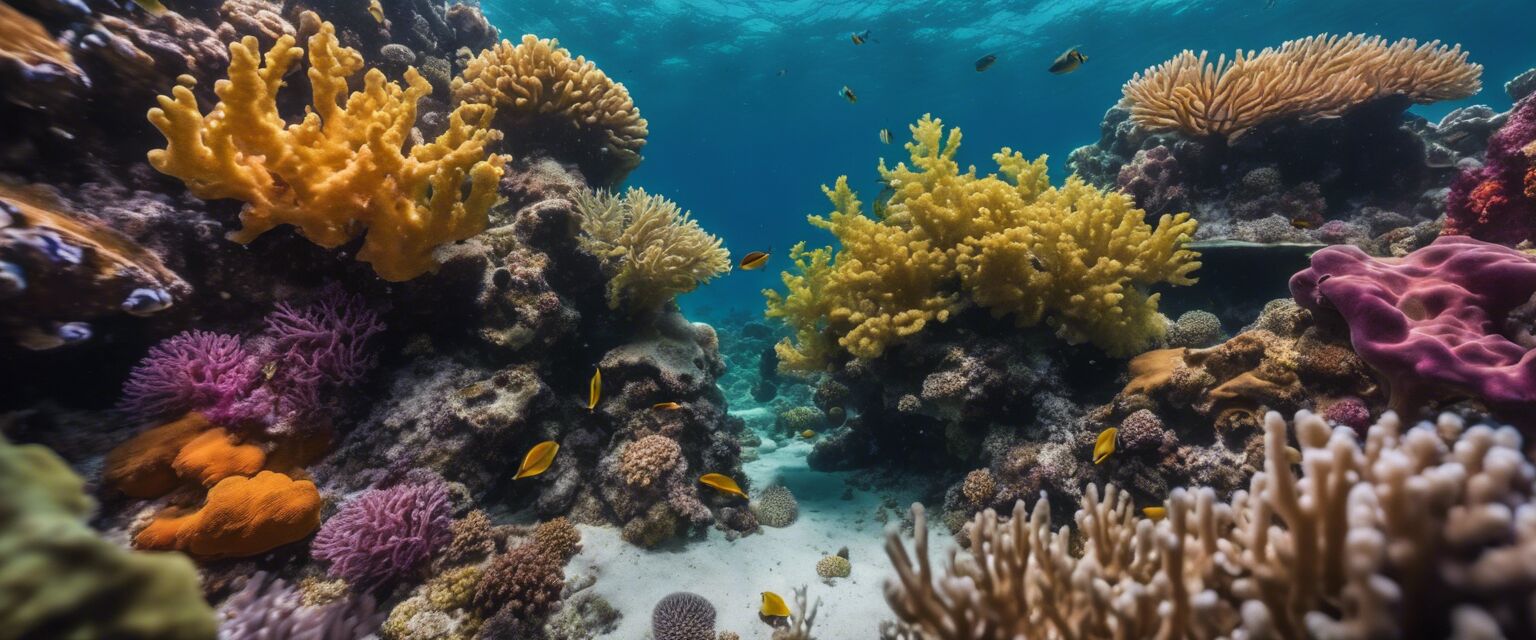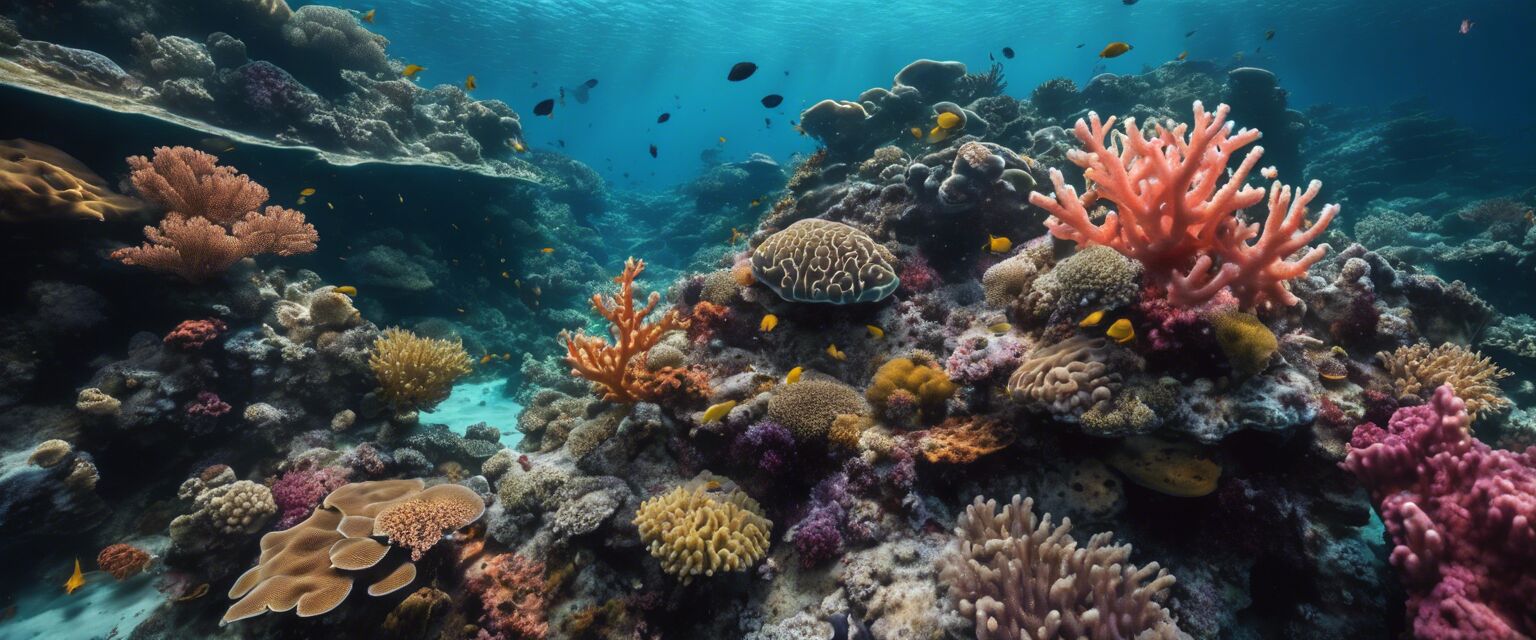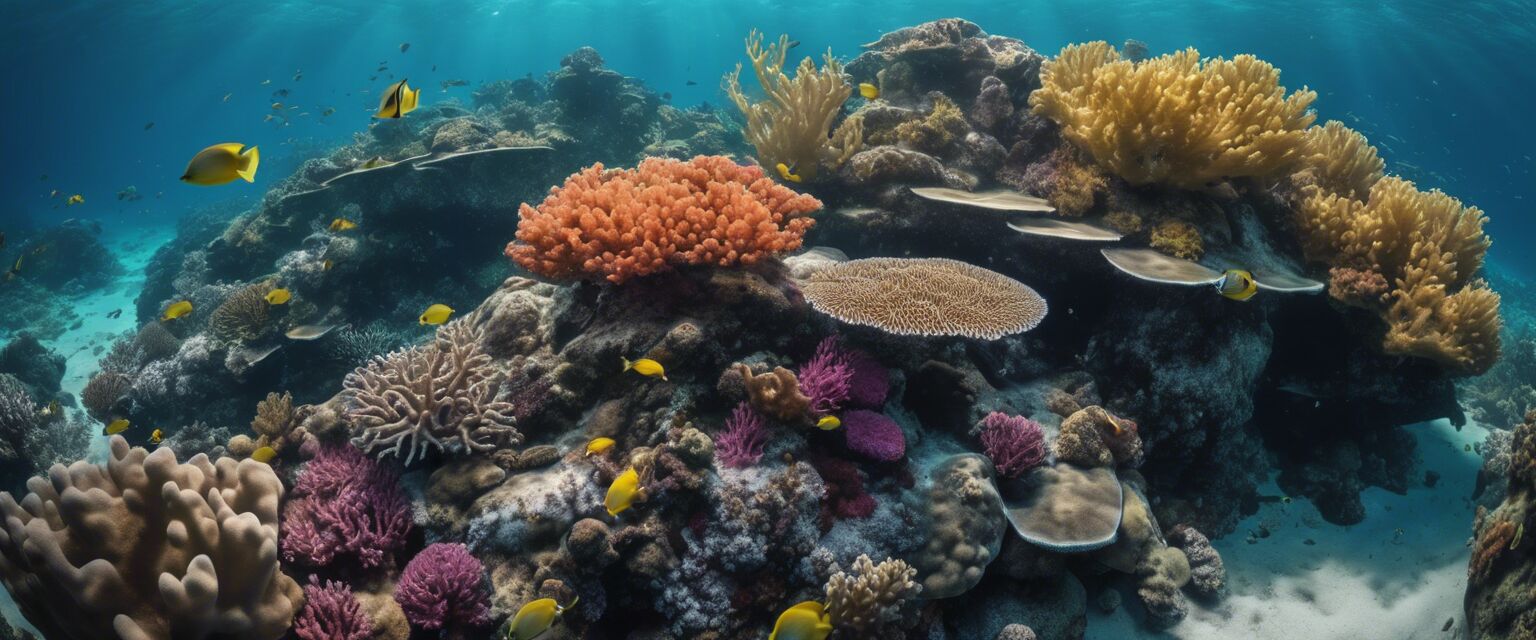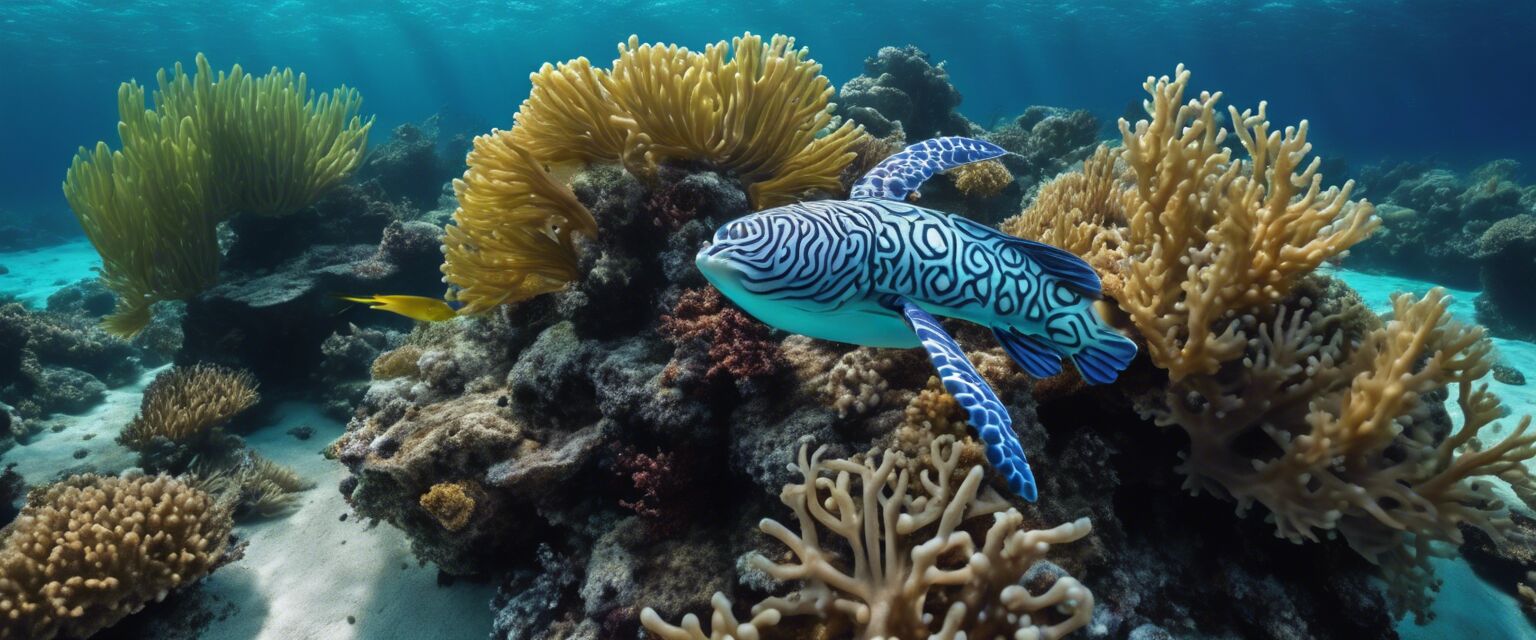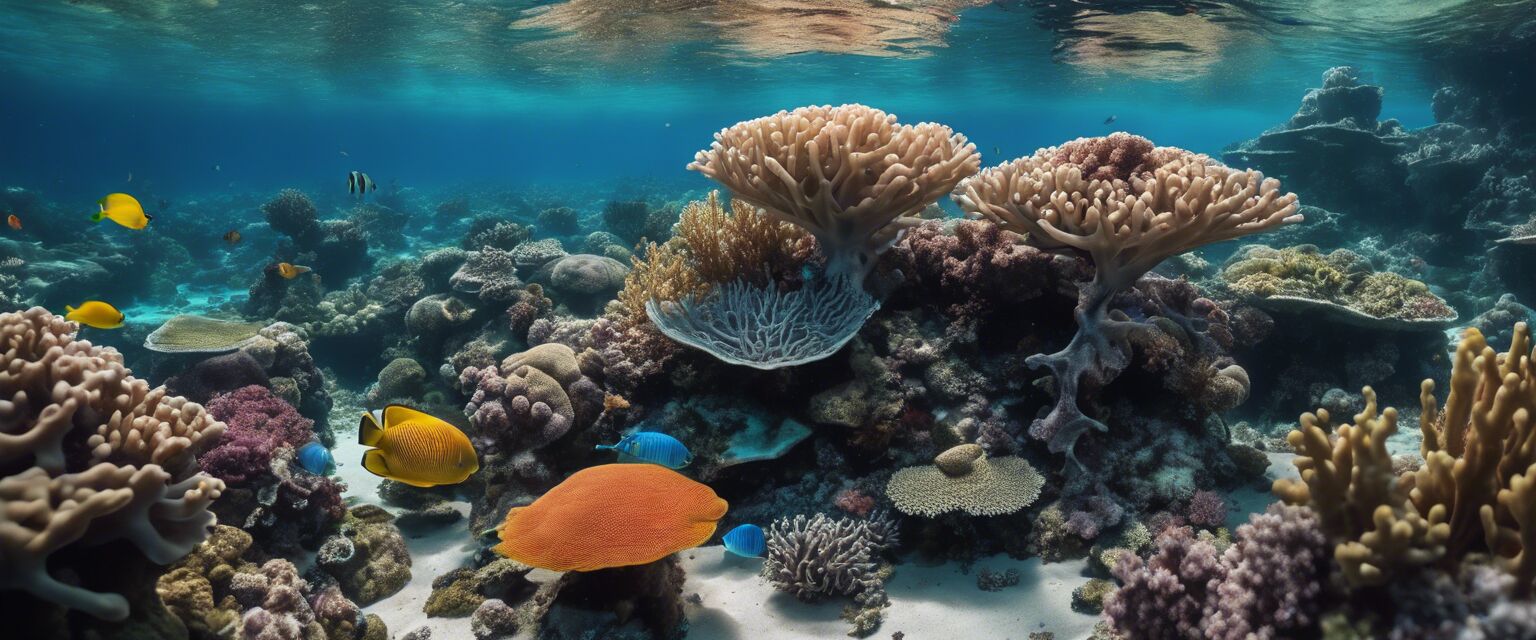
Advanced Underwater Photography Techniques
Underwater photography can be both challenging and rewarding. To capture stunning images of marine life, itâs essential to master advanced techniques that enhance your skills and creativity. In this article, we will explore various methods, tips, and tricks to elevate your underwater photography to a professional level.
Key Takeaways
- Understanding the importance of lighting and visibility underwater.
- Utilizing the right camera settings for diverse underwater conditions.
- Mastering composition techniques to highlight marine life.
- Investing in quality equipment to improve image quality.
- Post-processing techniques to enhance underwater images.
Understanding underwater photography
Underwater photography involves capturing images beneath the surface of the water. The unique environment introduces challenges such as light absorption and distortion. Understanding these aspects is crucial for achieving high-quality images.
The impact of water on light
Light behaves differently underwater compared to the air. Here are some key points to consider:
- Colors fade rapidly with increasing depth. Red light disappears first, followed by orange, yellow, and green.
- Water absorbs light, which can lead to darker images if not compensated by proper lighting techniques.
- Visibility can be affected by particles in the water, influencing the clarity of your images.
Essential equipment for advanced underwater photography
Having the right equipment is crucial for capturing high-quality underwater images. Hereâs a breakdown of essential gear:
| Equipment | Description |
|---|---|
| Underwater camera | A camera specifically designed for underwater use, offering durability and quality. |
| Waterproof housing | Protects your camera from water damage when using a non-waterproof model. |
| Strobe lights | Supplemental lighting to enhance colors and visibility in dark waters. |
| Wide-angle lens | Allows for capturing expansive underwater scenes and marine life. |
| Macro lens | Ideal for close-up shots of small marine creatures. |
Advanced techniques for capturing marine life
To capture stunning images of marine life, consider the following techniques:
1. Mastering underwater lighting
Proper lighting is essential for vibrant underwater photos. Here are some tips:
- Use a strobe light to illuminate subjects, especially at greater depths.
- Experiment with natural light by shooting during golden hour for softer lighting.
- Position your light source at a 45-degree angle to reduce backscatter.
2. Composition techniques
Effective composition can make your underwater photos stand out. Consider these elements:
- Use the rule of thirds to create dynamic images.
- Frame your subject with surrounding elements like coral or rocks.
- Incorporate leading lines to guide the viewerâs eye toward the subject.
3. Capturing motion
Showcasing the movement of marine life can add excitement to your photos. Hereâs how:
- Use a faster shutter speed to freeze motion and capture crisp images.
- Experiment with panning techniques to create a sense of movement.
- Anticipate the actions of marine animals for better timing in your shots.
Post-processing techniques
Editing your underwater images can enhance their quality. Here are some popular software options:
| Software | Features |
|---|---|
| Adobe Lightroom | Excellent for color correction and enhancing details. |
| Adobe Photoshop | Advanced editing capabilities for fine-tuning your images. |
| Capture One | Great for tethering and batch processing images. |
| GIMP | Free option with extensive editing features. |
| Photopea | Browser-based alternative with Photoshop-like features. |
Tips for beginners
Getting started with underwater photography
- Practice in shallow waters to get comfortable with your equipment.
- Take a diving course to improve your diving skills and safety knowledge.
- Start with simple compositions and gradually challenge yourself.
- Join underwater photography communities for tips and feedback.
- Review your images critically to understand what works and what doesnât.
Conclusion
Advanced underwater photography techniques require a blend of skills, creativity, and the right equipment. By mastering lighting, composition, and post-processing, you can capture remarkable images that showcase the beauty of marine life. For those just starting out, practice and experimentation are key to improvement.
Pros
- Allows for unique artistic expression.
- Captures the beauty of marine ecosystems.
- Provides opportunities for exploration and adventure.
- Enhances understanding of marine life.
Cons
- Requires significant investment in equipment.
- Challenging conditions can lead to difficult shooting experiences.
- Time-consuming post-processing efforts.
- Safety risks associated with diving.
Further resources
To continue improving your underwater photography skills, check out our other articles:

